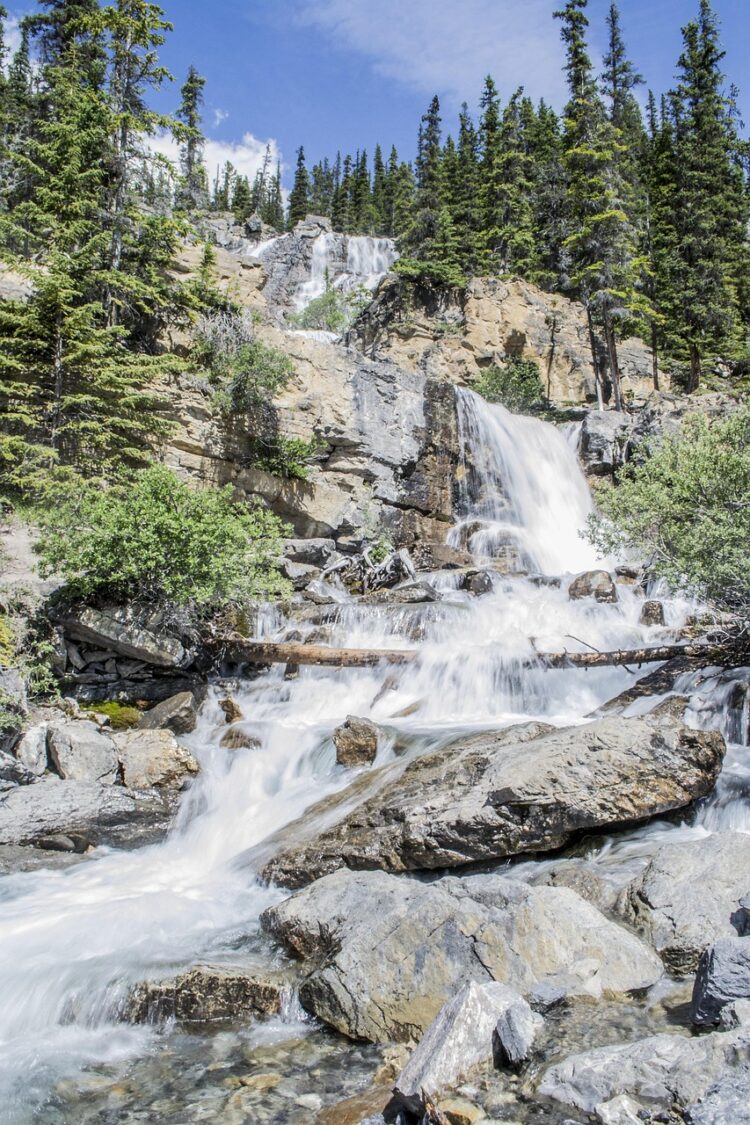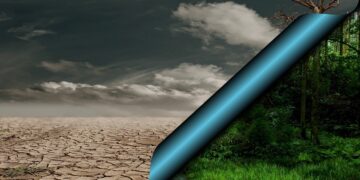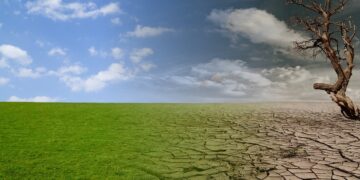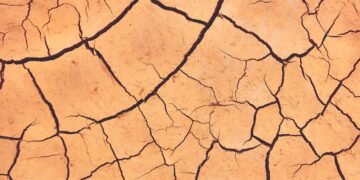Shifting Habitats: Unveiling the Impact of Global Warming on Wildlife
As the planet continues to warm due to global warming, the profound repercussions on wildlife are becoming increasingly evident. The shifting of habitats induced by changing climates is posing significant threats to the biodiversity essential for ecological and human wellbeing. This detailed exploration delves into how global warming impacts wildlife, the dynamics of shifting habitats, and practical steps we can take to mitigate these effects.
Understanding the Impact of Global Warming on Ecological Systems
Global warming refers to the long-term increase in Earth’s average surface temperature due to human activities, primarily fossil fuel burning, which increases heat-trapping greenhouse gas levels in Earth’s atmosphere. This rise in temperature leads to a cascade of effects on ecosystems, altering precipitation patterns, increasing the frequency of extreme weather events, and ultimately, shifting the geographic distribution of habitats.
Altered Weather Patterns and Their Effects on Habitats
Changing weather patterns directly impact the availability of critical resources such as water and food, which are essential for wildlife survival. For example, altered rainfall patterns lead to droughts or floods, significantly affecting freshwater habitats and the species that rely on them. Consequently, aquatic systems are often the first indicators of environmental shifts caused by climate change.
Consequences of Habitat Shifts on Wildlife
The shift in habitats forces wildlife to migrate to cooler areas or higher altitudes where the temperature is more suitable, which can lead to severe ecological disbalance. This section addresses three primary consequences faced by wildlife due to shifting habitats:
1. Loss of Biodiversity
As animals migrate to new areas, they encounter competitors that they are not adapted to face, leading to decreased survival rates and, potentially, extinction. For instance, polar bears, iconic symbols of climate change, are losing their ice-covered habitats, reducing their ability to hunt and reproduce effectively.
2. Mismatched Timing of Biological Events
Climate change can disrupt the synchrony of biological events such as migration and reproduction. Birds may arrive at their breeding sites after their primary food sources have peaked, due to earlier springs, leading to reproductive failures and population declines.
3. Increased Conflict with Humans
As wildlife migrates to new habitats, there’s an increased likelihood of encountering human populations. This leads to conflicts such as crop damage, livestock predation, and the spread of zoonotic diseases, which complicate coexistence and management efforts.
Regions and Species Most Affected by Climate Change
Certain regions and species are more vulnerable to the impacts of climate change due to their specific ecological traits or geographical locations:
Polar Regions: The Melting Ice Caps
In Arctic and Antarctic ecosystems, ice-dependent species like polar bears and emperor penguins face the highest risks as their habitats literally melt away.
Tropical Forests: Loss of Rich Biodiversity
Tropical forests, known for their rich biodiversity, face deforestation and shifting climate zones, which can lead to the loss of numerous species not capable of quick adaptation.
What Can Be Done: Actions to Mitigate the Impact on Wildlife
The fight against global warming and its effects on wildlife involves both global policy initiatives and individual actions. Here are some practical steps that can be undertaken:
1. Protecting and Restoring Ecosystems
Conservation efforts focused on protecting existing natural habitats and restoring degraded ones are crucial. Establishing protected migration corridors that allow safe passage and adaptation is also beneficial.
2. Reducing Greenhouse Gas Emissions
Significantly reducing the reliance on fossil fuels and enhancing energy efficiency plays a critical role in slowing down global warming.
3. Promoting Biodiversity-Friendly Policies
Supporting policies that encourage sustainable land and water use, and prevent overexploitation of wildlife, are necessary to maintain ecological balances and biodiversity.
Conclusion: Our Role in Preserving Earth’s Wildlife
The ongoing shifts in wildlife habitats due to global warming reveal a pressing need to understand, act and adapt. By educating ourselves and advocating for stronger environmental protections, we can help mitigate the adverse effects of climate change. Preserving the planet’s biodiversity is not just about saving wildlife; it’s fundamentally about maintaining the health of ecosystems that humans also rely on for survival. Let’s commit to these changes, for our future and the future of all species sharing our planet.










